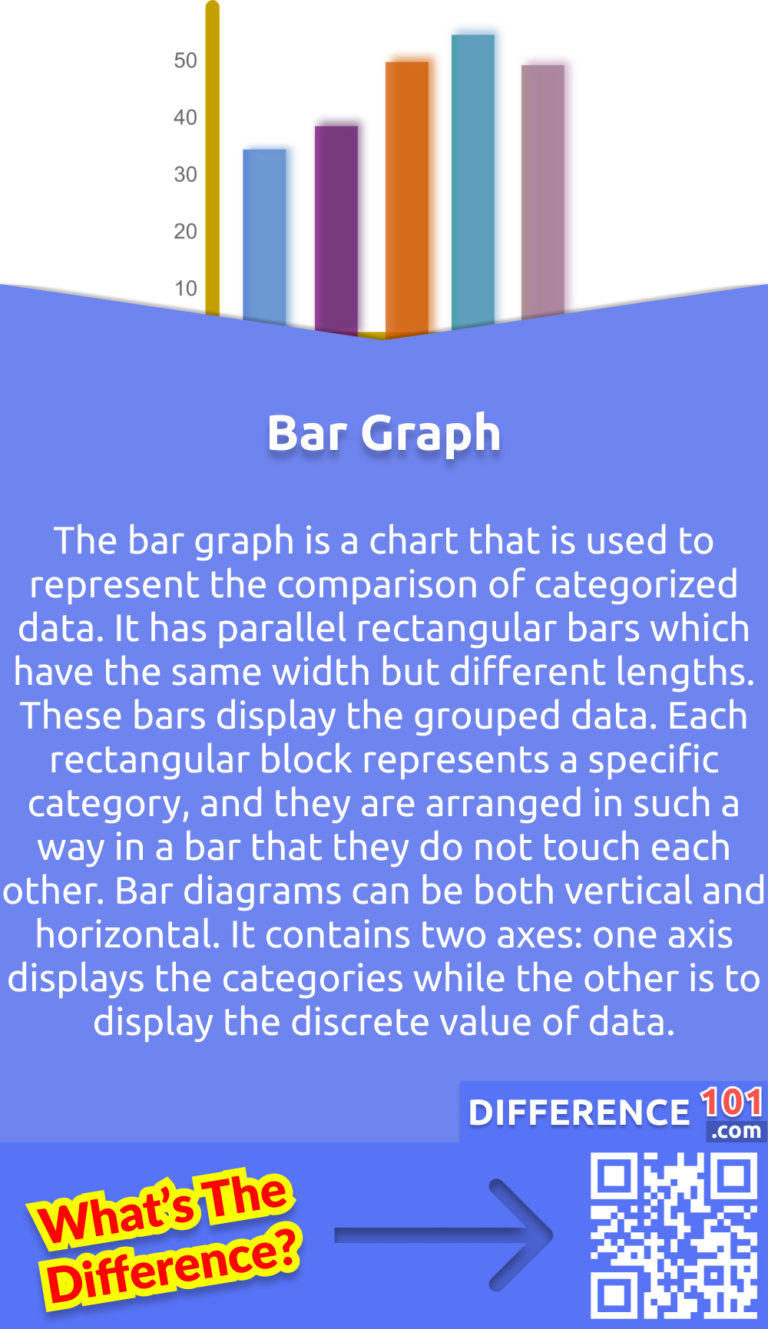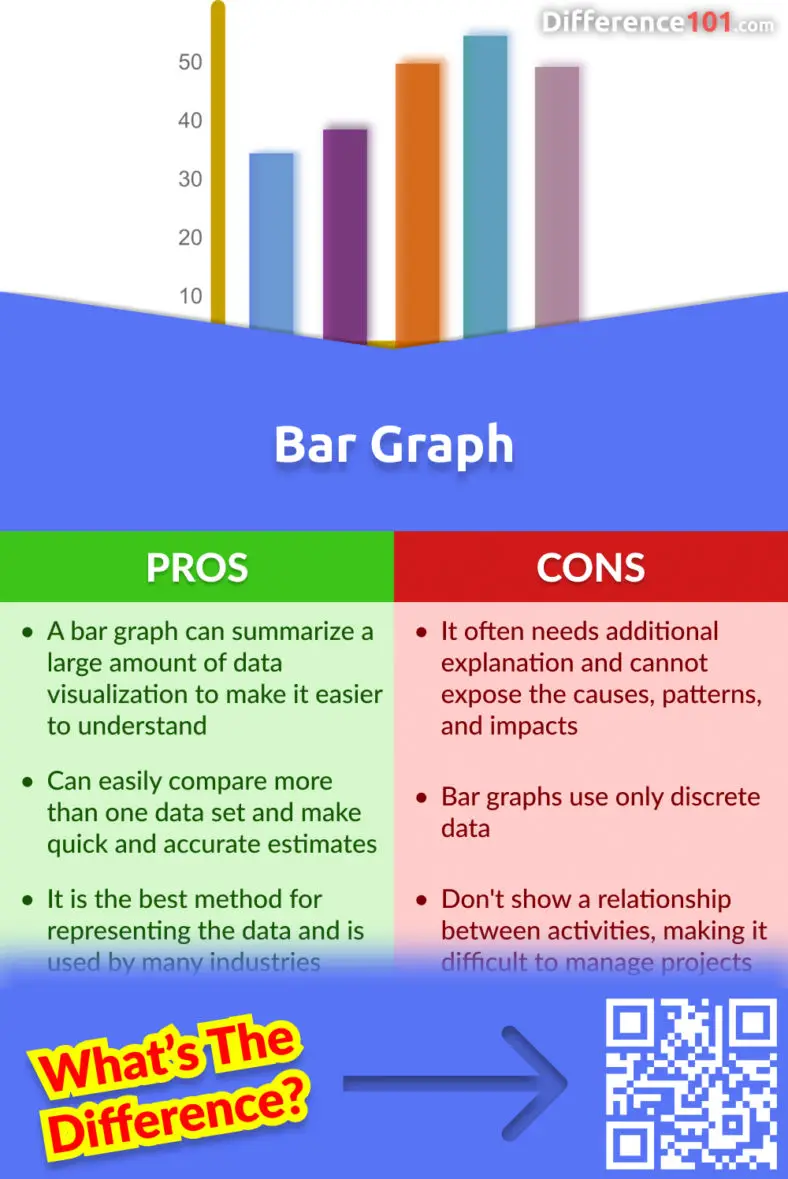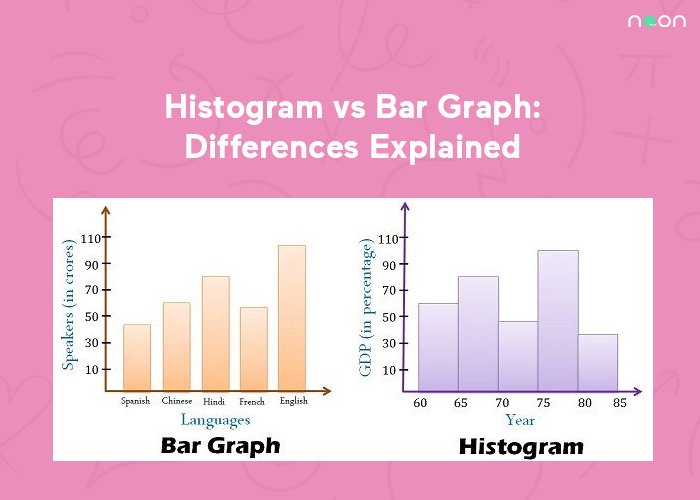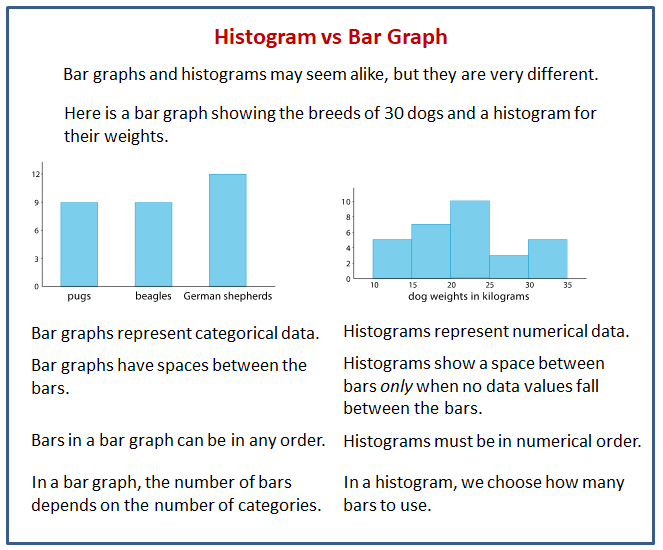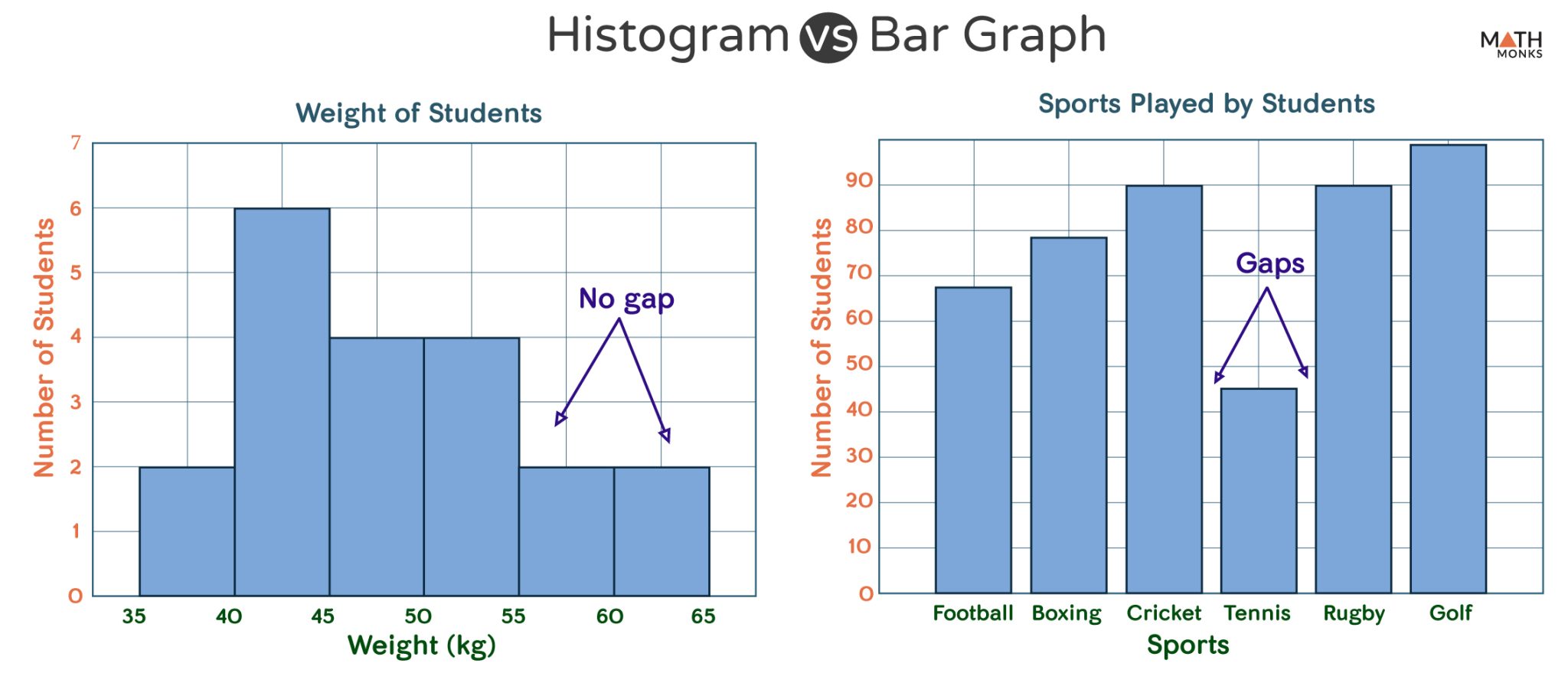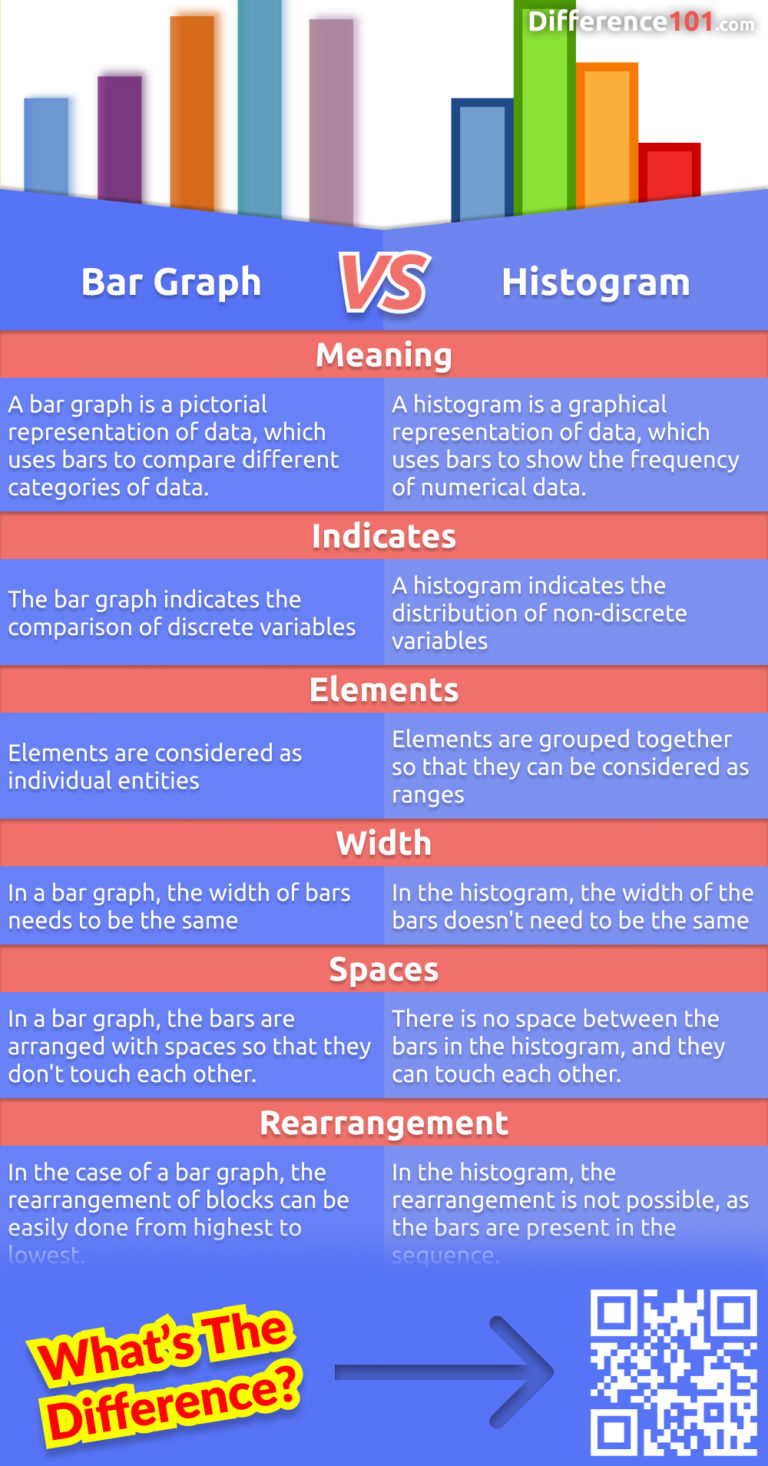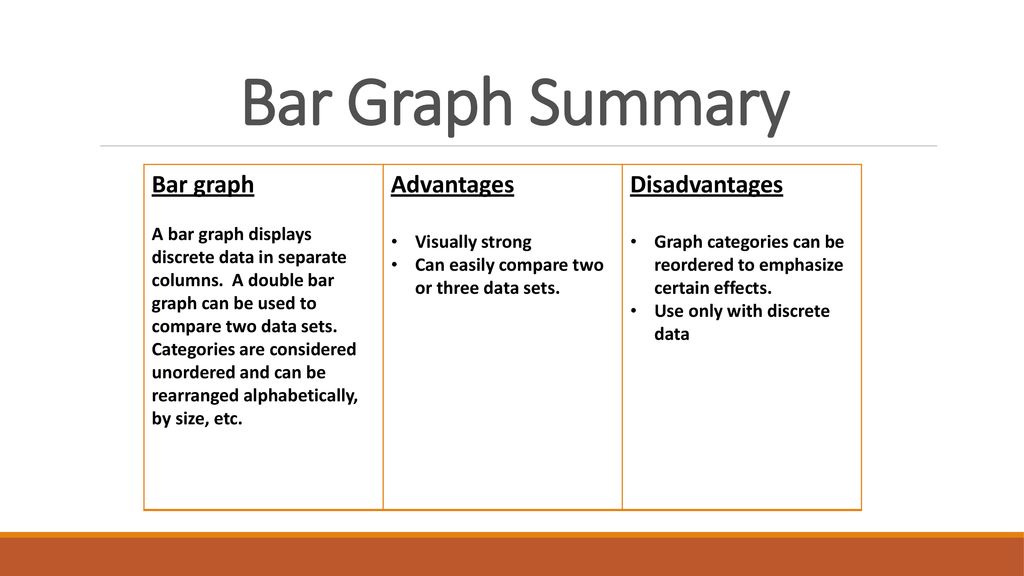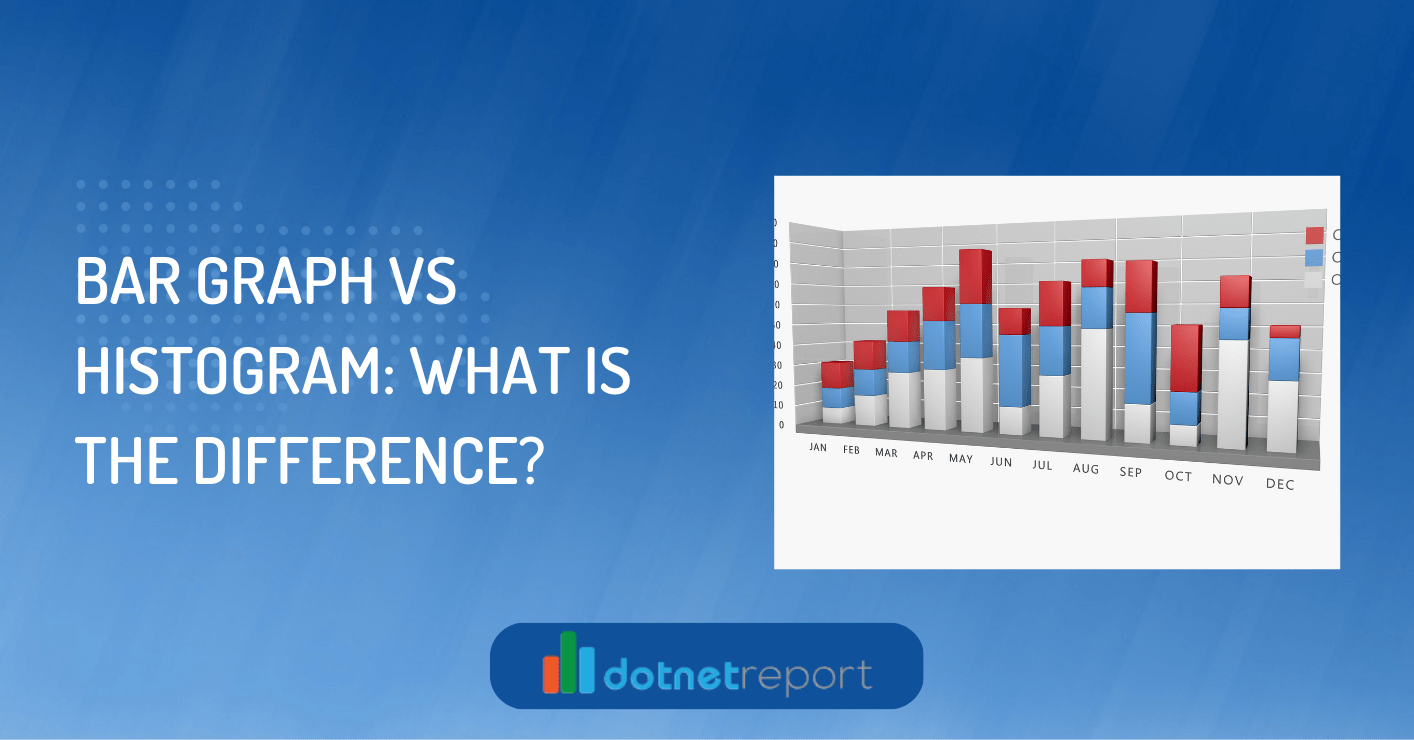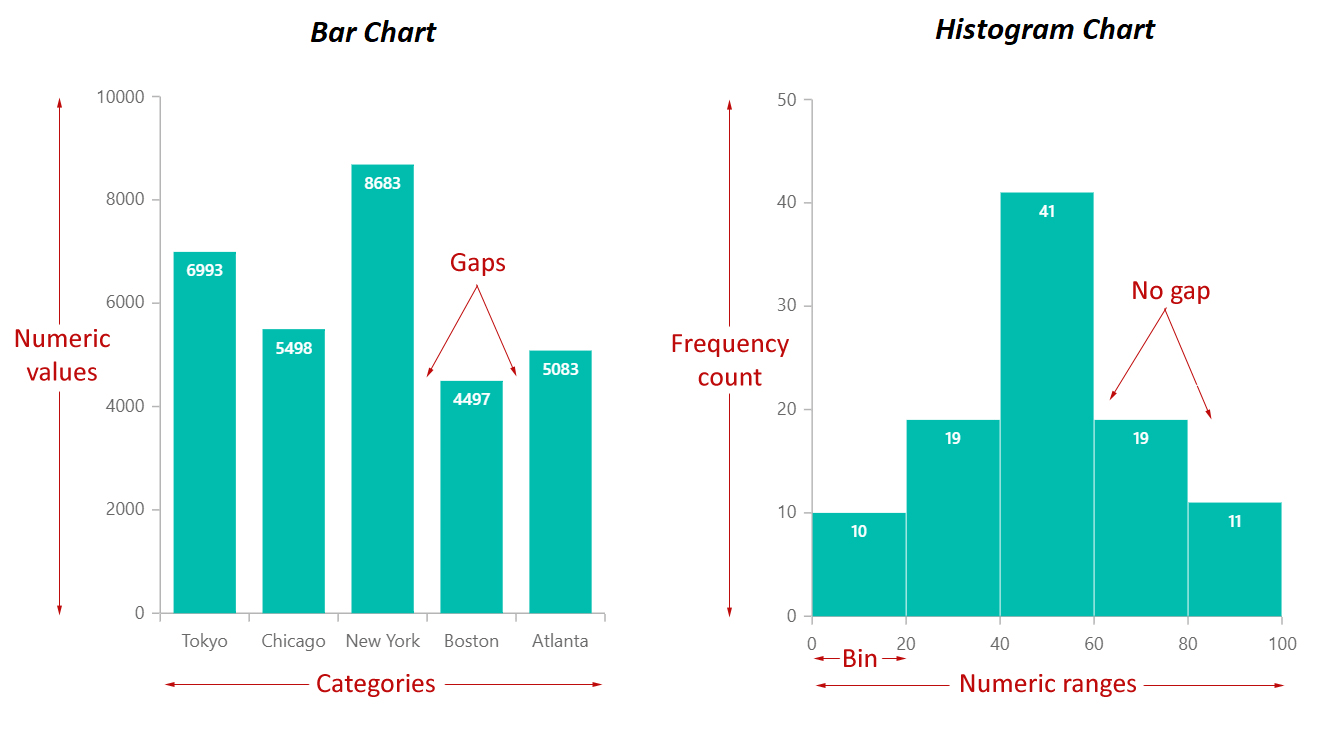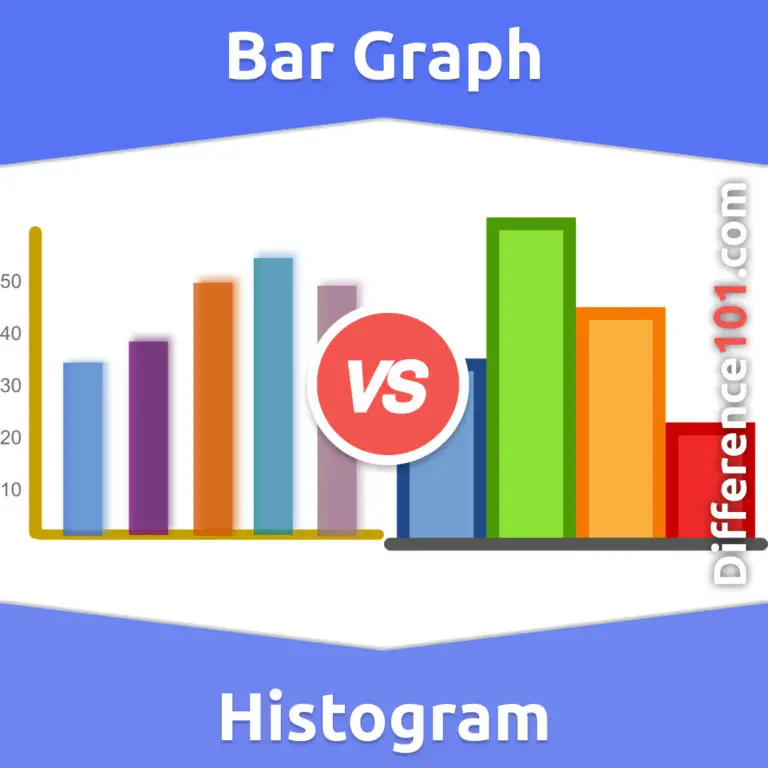Perfect Info About What Are The Advantages Of Bar Graph Over Histogram D3 Line Example

Bins are also sometimes called intervals, classes, or buckets.
What are the advantages of bar graph over histogram. Whereas bar charts are excellent for visualising qualitative data, histograms have their own strengths in quantitative fields. There are several benefits of using histograms in the analysis of quantitative data. Bar graphs, also known as column charts, offer advantages because they are easy to understand, are widely used, and can display changes over time.
In statistics, histogram is defined as a type of bar chart that is used to represent statistical information by way of bars to show the frequency distribution of continuous data. Not only that, but both visual representations use a series of bars to convey the information, making it difficult to tell which is which. When choosing between a histogram and a bar graph, consider the type of data you have and the insights you want to present:
For example, if you want to compare the sales performance of different products, a bar graph can effectively show the sales figures for each product category. A bar graph is a pictorial representation using vertical and horizontal bars in a graph. This article explores their many differences:
Histograms are great for showing data distribution but require careful selection of bin sizes to avoid misinterpretation. Both histograms and bar graphs are used to display data visually. We shall also look at the drawbacks of the bar chart and histogram.
Histograms and bar charts (aka bar graphs) look similar, but they are different charts. Bar graphs are excellent for clarity in comparisons but can be misleading if scales are manipulated. Ever tried deciphering a crowded subway map?
A histogram is also a pictorial representation of data using rectangular bars, that are adjacent to. Clearly highlights the key trends in a set of data. One of the key advantages of bar graphs is their ability to display categorical data with clear distinctions.
The main advantages of a histogram are its simplicity and versatility. In a bar chart, the bars represent separate categories of items, like ice cream flavors or car brands. What are the advantages and disadvantages of bar graphs and histograms?
Other graph types show only a single data set or are difficult to read. For continuous data and distribution analysis, use a histogram. Bar graphs and histograms are core statistical tools that are widely used in statistical practice and commonly taught in classrooms.
For proportions, use bar graphs or pie charts. Histogram and bar graph allow you to visualize the distribution of your data and gain valuable insights into its patterns, trends, and outliers. For example, it can be used in sales and marketing to develop the most effective pricing plans and marketing campaigns.
A bar graph is used to compare discrete or categorical variables in a graphical format whereas a histogram depicts the. Each bin is plotted as a bar whose height corresponds to how many data points are in that bin. As a data visualization, bar graphs have the following advantages:

